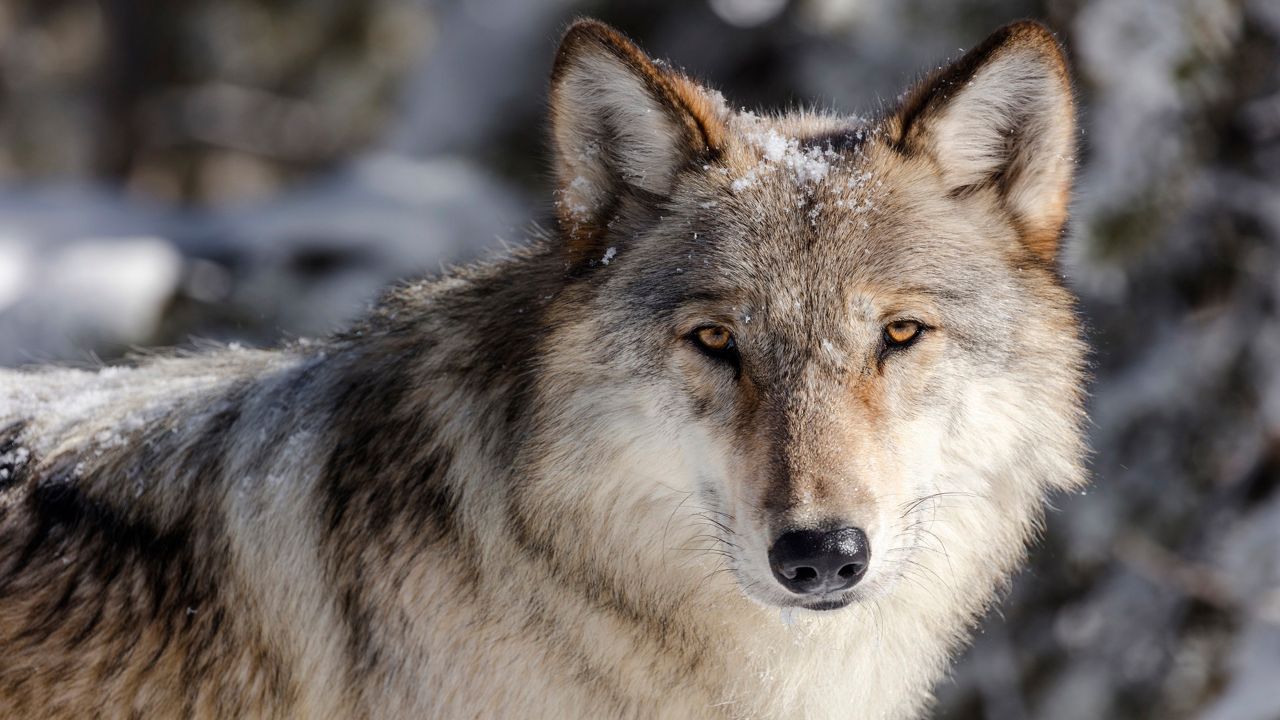MADISON, Wis. (AP) — Wisconsin wildlife officials on Thursday released their first new wolf management plan in almost a quarter-century but the document doesn’t establish a new statewide population goal, a number that has become a flashpoint in the fight over hunting quotas.
The Department of Natural Resources adopted a wolf management plan in 1999 that calls for capping the statewide population at 350 animals. As the number of wolves in Wisconsin has increased — the DNR released estimates in September showing that the population currently stands at 970 — hunters have used that 350 number to justify generous quotas, much to the chagrin of animal rights advocates.
The draft plan the DNR released Thursday strips hunters of that argument by eliminating a statewide population goal. Instead it recommends the DNR with the help of advisory committee monitor local populations within the state’s six wolf hunting zones and decide whether to reduce the local population, keep it stable or allow it to grow.
Neighboring Minnesota released an updated wolf plan in June that calls for maintaining that state’s wolf population between 2,200 and 3,000 wolves. Recent estimates put the number of wolves in that state at 2,700.
Wisconsin DNR officials wrote that their approach is more flexible without a hard population goal.
“This plan’s goal is focused on a holistic and pragmatic approach to wolf management, conservation and stewardship,” the plan states.
Former Rep. Gov. Scott Walker signed a bill in 2012 establishing an annual wolf hunt in the state. The hunt has become one of the most contentious outdoor issues in the state.
Animal advocates argue that the wolf population isn’t strong enough to support hunting and the animal is too majestic to slaughter.
Hunt supporters counter that wolves prey on farmers’ livestock. The DNR paid out more than $3 million between 1985 and 2021 to provide compensation for livestock and hunting dogs killed by wolves, according to the draft plan. Residents of northern Wisconsin have complained, too, that they’re afraid wolves could attack their pets and children.
A federal judge in February restored endangered species protections for gray wolves across most of the country, outlawing hunting. But federal wildlife officials could push to remove those protections if they determine the population is strong.



